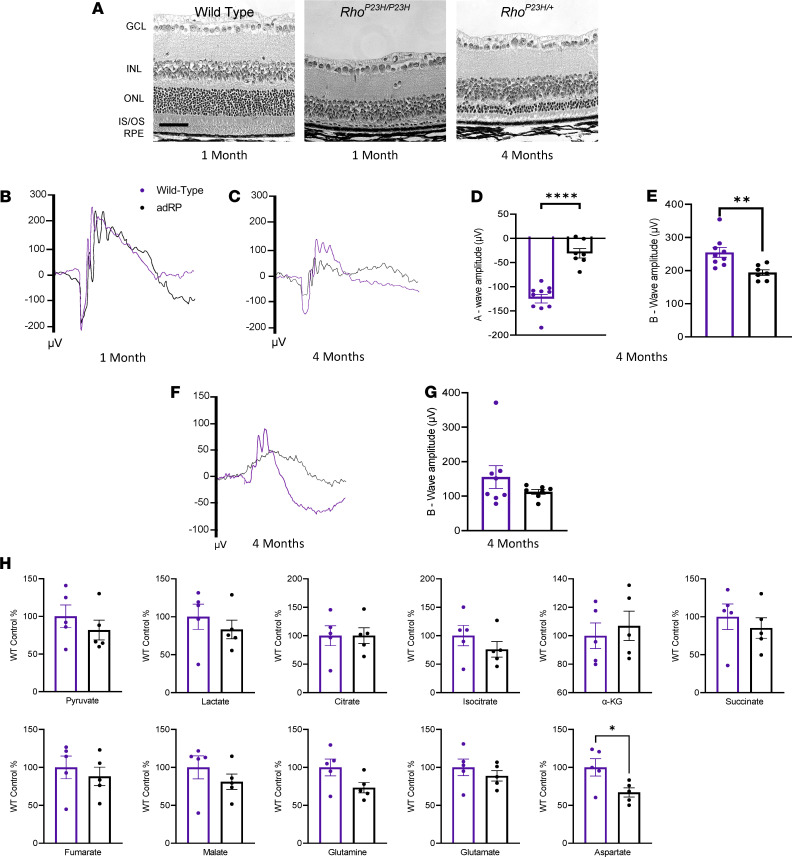Figure 6. Disease pathophysiology and metabolic analysis of an autosomal dominant preclinical model of RP.
(A) Histology of the retina for a WT control retina, a homozygous adRP mouse at 1 month of age, and the heterozygous adRP mouse at 4 months of age. Scale bar: 50 μm. (B) Representative average ERG traces from a 2.5 log cd•s/m2 flash intensity setting shows no difference in visual function in the heterozygous adRP mouse model (black) at 1 month of age compared with a WT control (purple), (C) but shows a reduction in visual response in the adRP mouse by 4 months of age. (D) Quantification at 4 months of age shows a significant reduction in visual response for the adRP mice compared with WT controls in both the a-wave (E) and b-wave amplitudes. (F) Representative average ERG traces recorded at a –1.1 log cd•s/m2 flash intensity. (G) Quantification of the b-wave response shows a reduction in the adRP mice compared with the WT mice. n ≥ 8 eyes. (H) Mass spectrometry for the relative abundance of TCA cycle intermediates in the retinas from WT and adRP mice at 3 months of age. n = 10 retinas. ERG and mass spectrometry data analyzed by student’s t test. Data are represented as mean ± SEM. *P < 0.05; **P < 0.01; ****P < 0.0001. adRP, autosomal dominant retinitis pigmentosa; GCL, ganglion cell layer; INL, inner nuclear layer; ONL, outer nuclear layer; IS/ OS, inner and outer segments; RPE, retinal pigment epithelium; ERG, electroretinogram; TCA, tricarboxylic acid.

